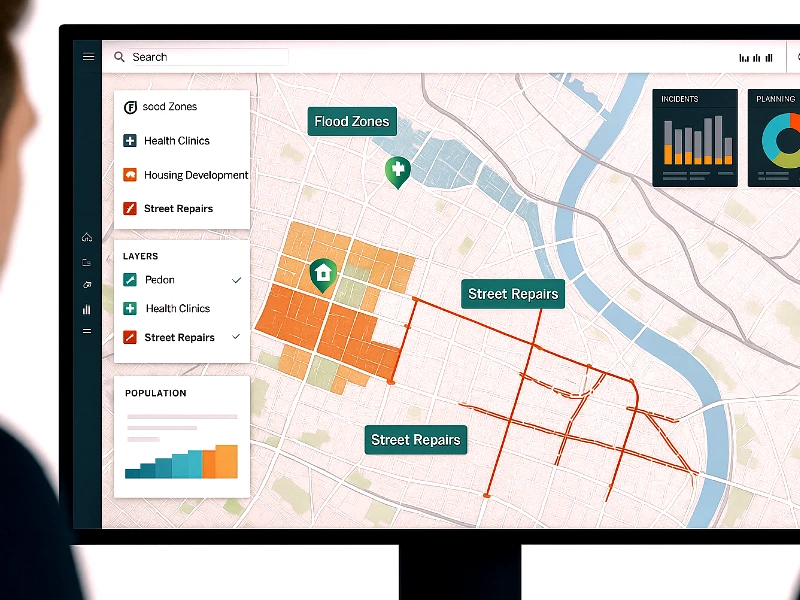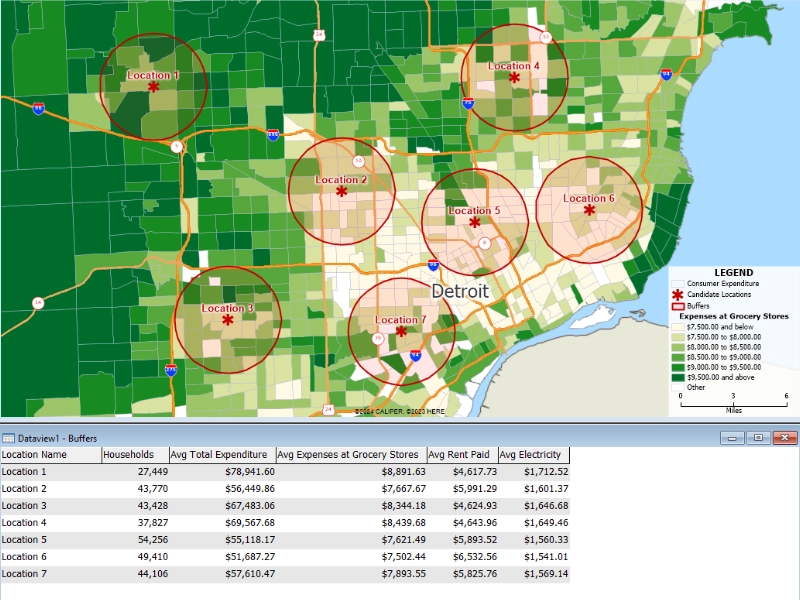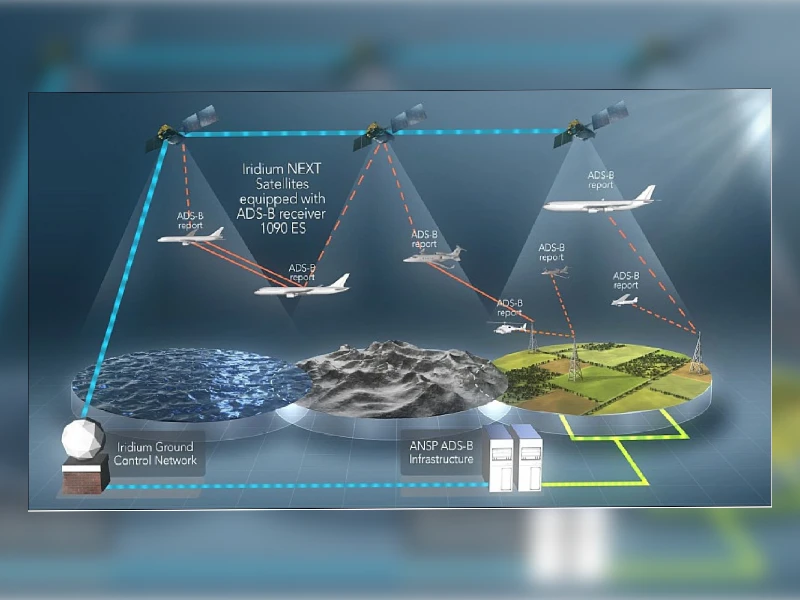
GIS in Government
Most decisions made by governments have one thing in common: they’re tied to location. Whether it’s repairing a street, placing a new health clinic, planning

Most decisions made by governments have one thing in common: they’re tied to location. Whether it’s repairing a street, placing a new health clinic, planning

Let’s face it crime doesn’t happen in a vacuum. It happens somewhere. And that “where” often holds the key to solving it, or even stopping

Today’s health challenges ranging from pandemics to inequitable service access must be met with precise and data-driven responses. Geographic Information Systems (GIS) provide the spatial

Location is more than an address—it’s a story. With geographic information systems (GIS), marketers can turn address data into powerful narratives. By layering customer locations,

In today’s competitive financial environment, success depends on knowing where your customers are, what they need, and how to reach them effectively. Geographic Information Systems

Imagine knowing exactly where your customers are, how they behave, and what areas of your business are underperforming, all displayed on a single, interactive map.

Civil engineering is commonly characterised by manual effort, large construction machinery, and essentials such as steel, concrete, and asphalt. However, a subtle but powerful force

In modern architecture and urban design, decisions are no longer made in isolation. Architects, planners, and urban designers are expected to address a wide array

Ever wondered how Google Maps knows the exact layout of your city? Engineers use geospatial surveying to conduct accurate planning of extensive infrastructure development projects.

Aviation is one of the biggest beneficiaries of GIS. Geographic Information systems are used in various tasks in the airport, as well as in the